Why Pakistan must act now to survive its flood-and-drought dilemma
Experts warn India can delay winter water for days, disrupting flows for crops and creating uncertainty for Pakistan

Zain Ul Abideen
Senior Producer
Zain Ul Abideen is an experienced digital journalist with over 12 years in the media industry, having held key editorial positions at top news organizations in Pakistan.

Experts say Pakistan faces both flooding and water scarcity threats
Climate change is intensifying rainfall and drought cycles
Pakistan must act now or face repeated climate shocks
As the summer monsoon lashes Pakistan once again, a deeply unsettling paradox confronts the country: there is too much water—and yet not nearly enough.
At the same time, fears are rising over the long-term availability of water, as India threatens to cut Pakistan’s share of river flows under the Indus Waters Treaty.
It’s a paradox millions of Pakistanis are now forced to live with. Are we drowning, or are we drying up?
A study published in Nature earlier this month offers grim clarity. It describes the deadly 2022 floods as “a forewarning of elevated future flood risks,” driven by a combination of extreme rainfall, upstream snowmelt, and widespread human encroachment on floodplains. The research evaluates how rainfall directly over land (pluvial flooding) combined with swollen rivers (fluvial flooding), snow dynamics, and land-use changes created one of the most catastrophic natural disasters in Pakistan’s history.
Between 1950 and 2012, Pakistan’s Indus Plain witnessed 19 major flood events, killing over 11,000 people and causing damage worth $39 billion. But more than half of those floods have occurred since 2000—an alarming acceleration in frequency.
- YouTube youtube.com
The 2022 deluge began with a pre-monsoon rainfall that was 111% above the average of the past 70 years. This soaked the soil of the Indus Basin by 30% before the main monsoon even began. When the rains arrived, they hit with historic force: between July and September, rainfall in parts of Sindh and Balochistan surged to 600–1,800mm—far above historical norms.
But that wasn’t all. Anthropogenic changes—especially unregulated urban sprawl and agricultural expansion—fueled the destruction. Satellite data showed that cities like Larkana had crept dangerously close to riverbanks over the past two decades, with cropland expanding from 37,000 to 47,500km². These floodplains were never meant to be built on. When the water came, there was nowhere else for it to go.
What’s striking is how river levels broke past previous records. In August 2022, the Indus River exceeded its 2010 and 2015 flood peaks by 2.4m and 2.79m respectively. A single month saw streamflows at Sukkur Barrage rise by 170% compared to the long-term average.
This is not an isolated event—it’s part of a pattern that is growing more intense each year.
Climate shocks and water politics
“It's not just a new normal for Pakistan,” says Abid Suleri, executive director of the Sustainable Development Policy Institute (SDPI) and a member of the advisory board of the Asian Development Bank Institute while speaking to Nukta. “From Texas to Chakwal and from New York to Himachal Pradesh, we’re seeing extreme rainfall, flash floods, and urban deluges. Climate change is no longer an abstract theory—it’s here, now.”
Suleri points to recent floods across Europe and the United States as proof that even developed countries are struggling. “More than 250 deaths in Texas—it’s not a small number for a country like America. But when you have that level of rainfall in one hour, there’s little even they can do.”
But unlike wealthier nations, Pakistan cannot afford to absorb the shocks. Nor can it rely indefinitely on international assistance. Despite global pledges of $11 billion after the 2022 floods, less than half has been disbursed—and only 5% came as grants. With limited fiscal space, Pakistan must learn to survive climate disasters largely on its own.
- YouTube youtube.com
A major concern for Suleri is India’s recent posture on the Indus Waters Treaty. While India cannot stop monsoon flows entirely, it does have the capacity to block water temporarily during low-flow winter months. “That’s when the real damage can occur,” he says.
“If India withholds water for a week and then suddenly releases it, Pakistan faces both agricultural losses and flooding. It’s a double blow.”
The solution, Suleri argues, lies in more than just diplomacy. “Yes, we must contest India’s water aggression at all forums. But we must also take responsibility for our own water use. That begins with conservation.”
One major blind spot, he warns, is groundwater. The government’s push to solarize tube wells—while environmentally sound—could backfire if not paired with irrigation reform. Without controls, solar pumping could lead to rampant over-extraction. “We need to think beyond projects. We need national water planning, scenario-building, and strategic storage. Right now, that’s missing from our policy circles.”
Shift from flood reaction to water planning
Dr Jahanzeb Cheema, Deputy Country Representative at the International Water Management Institute (IWMI), agrees. He describes Pakistan’s water crisis as a “continuous phenomenon,” not a series of disconnected events. “We’re no longer seeing prolonged monsoons. Instead, we get short, high-intensity spells. This increases both flood risk and water scarcity.”
According to Cheema, the monsoon’s timing has shifted significantly in the last decade.
“We often go from drought warnings to urban flooding in a matter of weeks. It’s the same system—but affecting us in radically different ways.”
Cheema emphasizes that planning before the flood hits is more critical than reacting afterward. IWMI, in partnership with the Pakistan Meteorological Department, has built a drought early warning dashboard to monitor vulnerable areas in real time. “But these tools must be integrated into government decisions,” he says. “Without that, they’re just data on a screen.”
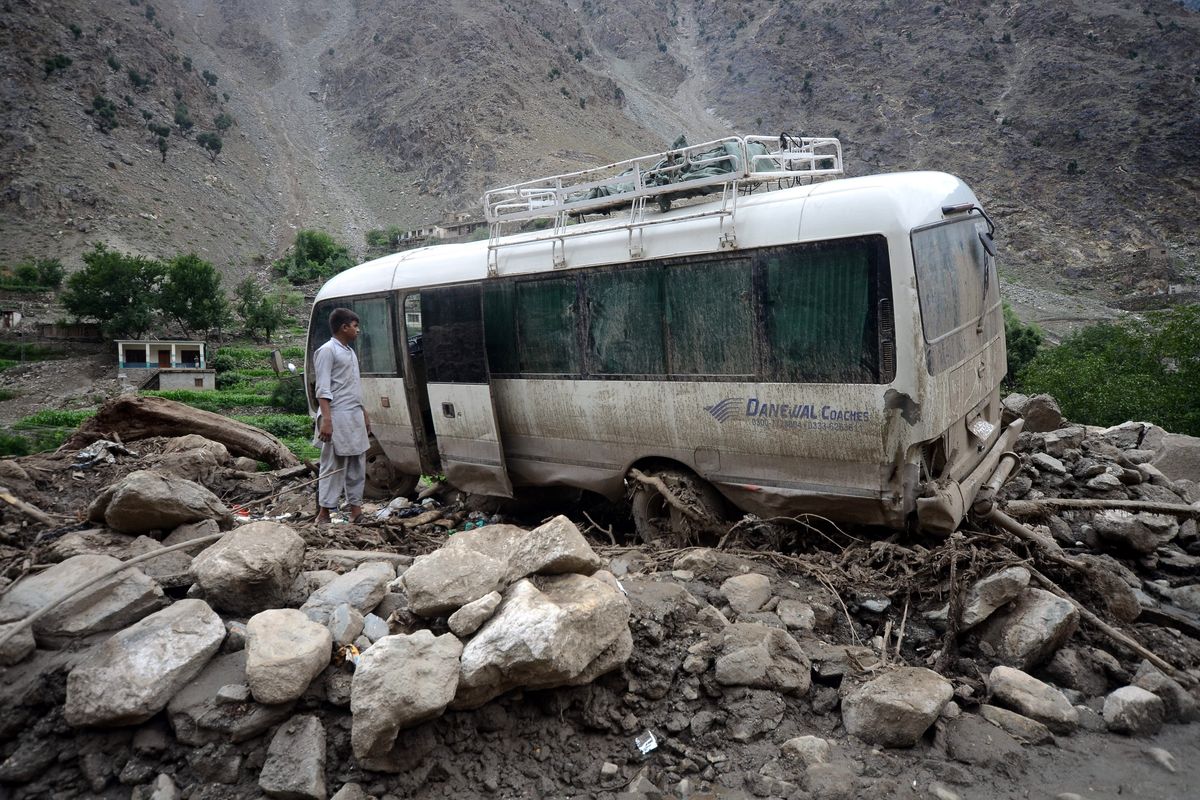
Storage remains a critical issue. Pakistan can currently retain water for only about 30 days. When that buffer runs out, even minor supply disruptions can trigger a crisis. While large dams are often proposed as a solution, Cheema points out they are costly, slow, and politically contentious. Instead, he advocates for scalable, local solutions: mini-dams, recharge ponds, and rainwater harvesting systems.
The Potohar region, for instance, has room for thousands of small reservoirs that could store floodwaters and recharge depleted aquifers. In Islamabad, the Capital Development Authority has begun mandating that housing societies install “recharge gulfs”—natural depressions that allow stormwater to percolate underground rather than flood streets.
“We must learn to live with climate change,” Cheema says. “It’s not going away. The choice is between managing it or letting it ruin us.”
Reclaim riverbeds and recharge aquifers
Ali Tauqeer Sheikh, a respected expert in climate change and development, offers another warning grounded in science. “Every one-degree rise in temperature increases atmospheric moisture by 7%,” he explains. “This year, temperatures were 3°C to 4°C higher than average. That’s 21% to 30% more moisture, and that’s why rains were so violent.”
What’s more alarming is the spatial imbalance. Some regions are hit by cloudbursts while others face droughts. “It’s possible to have both flood and drought in the same district,” Sheikh says. “The weather is becoming too unpredictable to plan with yesterday’s models.”
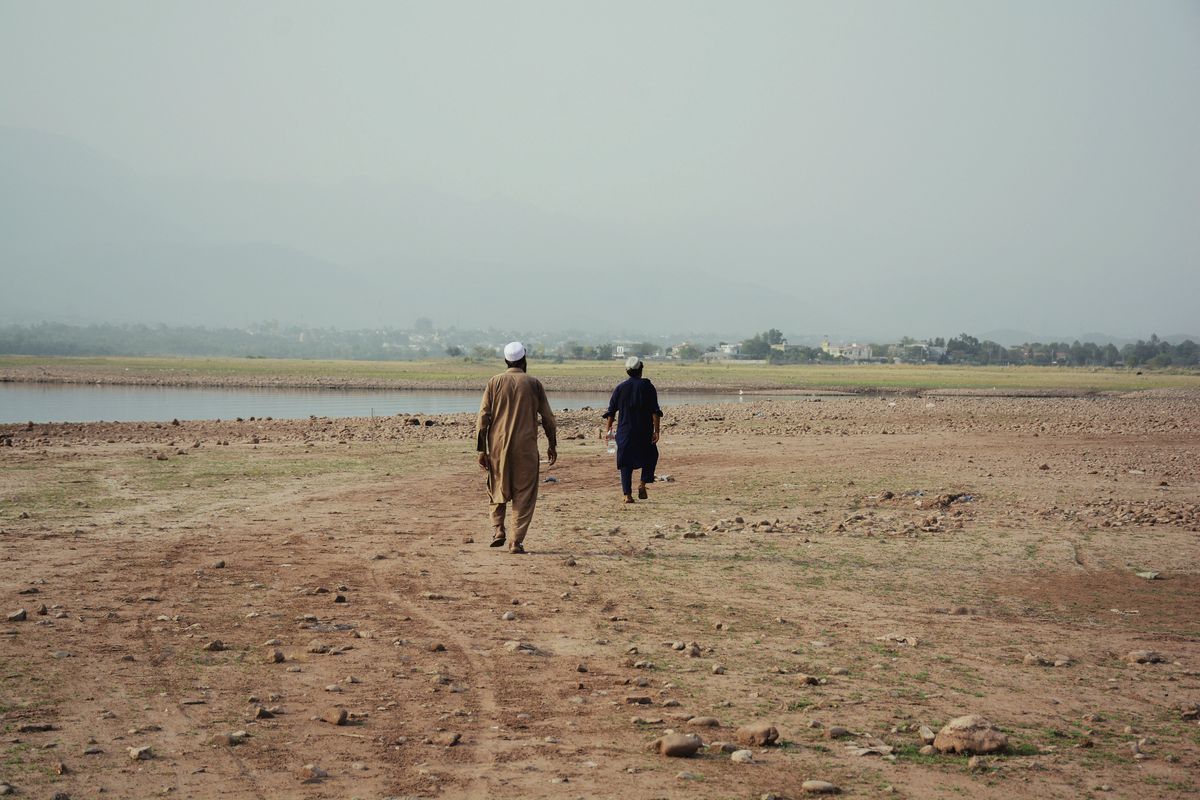
According to him, Pakistan needs to make tough choices. Large dams may take 10–20 years and cost up to $15 billion. In the meantime, local infrastructure—culverts, drains, and embankments—could save lives and property. “Do we invest in mega-dams or protect people from yearly losses?” he asks. “That’s the policy decision we must make.”
Another critical area is enforcement. Sheikh is blunt: “Our fight should be with land grabbers, not water.” He blames illegal construction on riverbeds for worsening floods. In Rawalpindi, for example, the narrowing of Lai Nullah has caused water levels to rise dramatically during storms. “This is not just nature’s wrath—it’s man-made negligence.”
He calls for a nationwide campaign to reclaim public lands along rivers and raise awareness about the dangers of encroachment. “We can’t dam every stream. But we can stop blocking its path.”
Individual behavior also matters. Sheikh urges citizens to avoid driving during floods, stay away from fallen power lines, and postpone travel to landslide-prone areas during peak monsoon.
“We need to become responsible citizens, not passive victims.”
Ultimately, Pakistan’s survival depends on political will, public cooperation, and institutional reform. Climate change is not a future event; it’s the present crisis. And it is no longer enough to ask whether Pakistan will get more rain or less. The real question is: will we be ready either way?


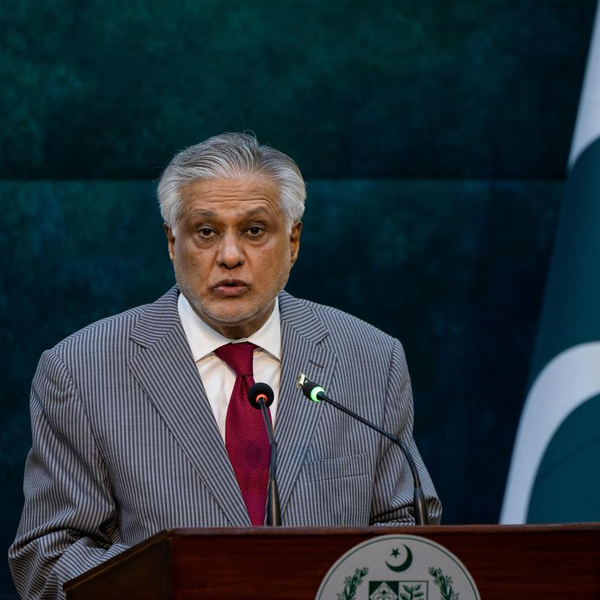
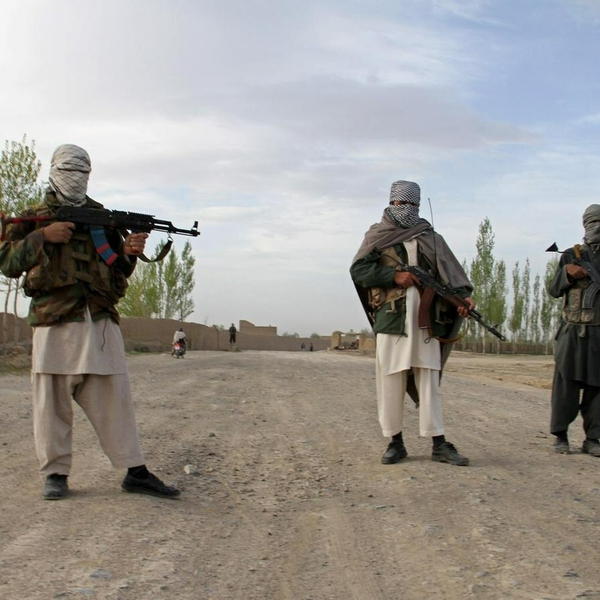

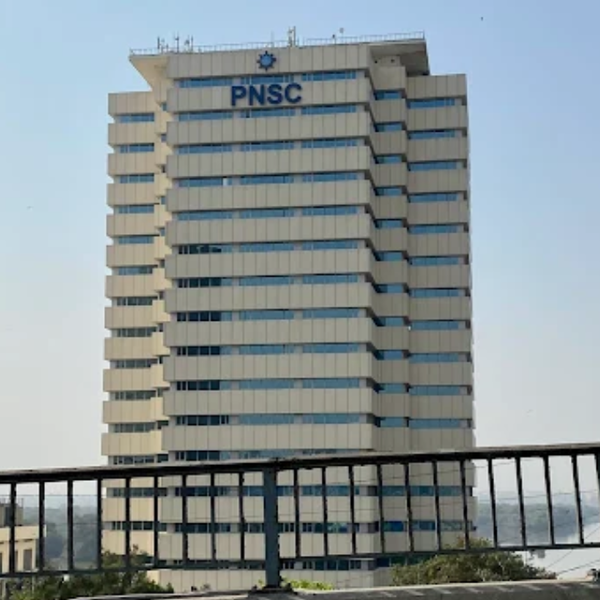

Comments
See what people are discussing